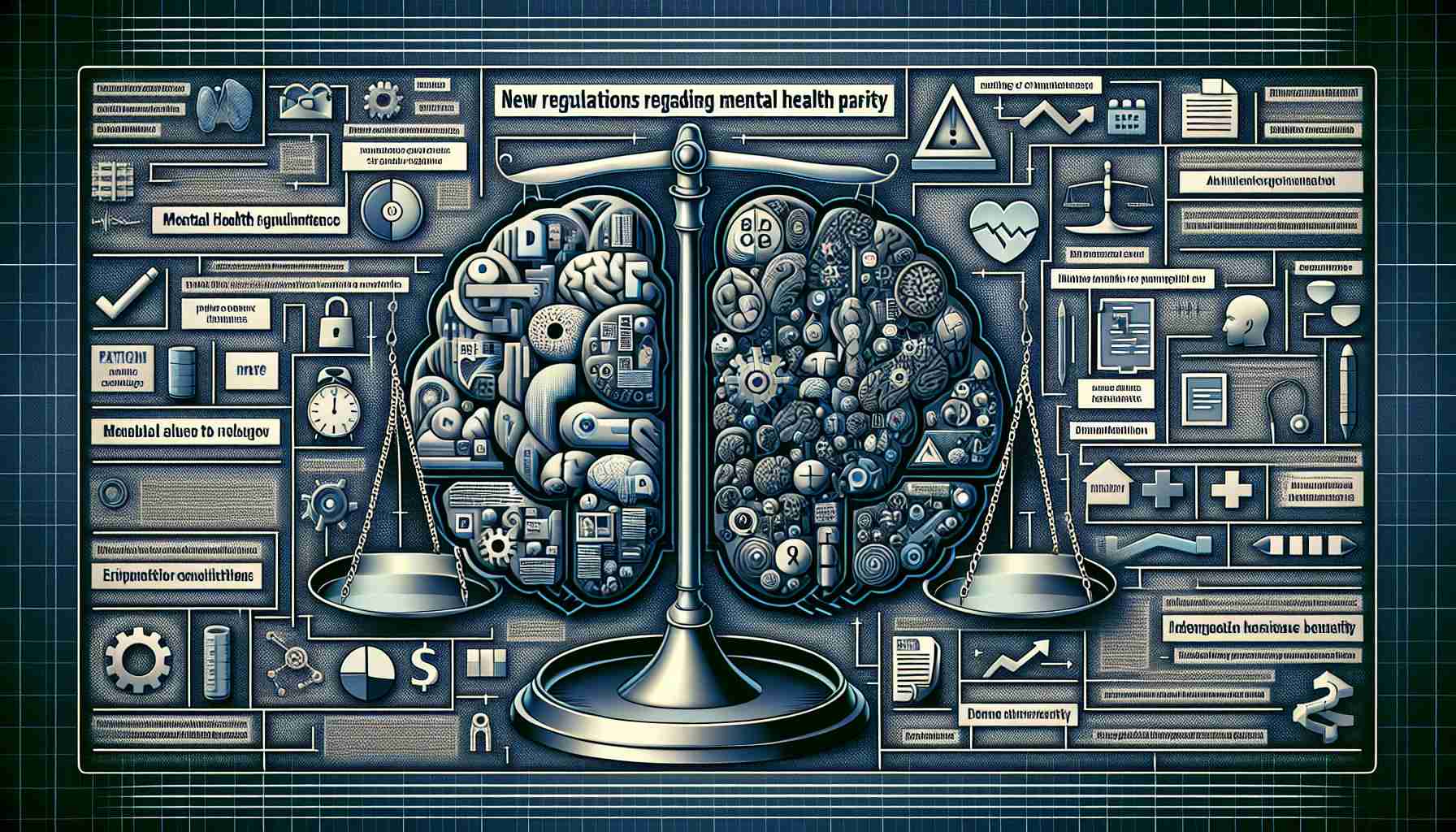The recently updated mental health parity regulations have been introduced to ensure fair access to mental health and substance use disorder services in employer health plans and individual private health insurance.
The revised regulations focus on eliminating disparities in coverage restrictions between mental health services and medical or surgical care. Gone is the complex requirement for plans to justify limitations using mathematical tests, a move that has stirred mixed reactions from industry stakeholders. While employer and insurer groups may contest the changes in court, citing concerns over feasibility and adherence to Congressional intent, the regulations now stand as finalized.
Furthermore, the regulations mandate data collection on outcomes related to nonquantitative treatment limits (NQTLs) to gauge their impact on consumer access to mental health and substance use services. Details on specific data indicators remain scant, leaving room for varied evaluation methods such as consumer surveys and provider network analysis. Recent data highlights concerning statistics, such as one-fourth of individuals facing prior approval denials for health services seeking mental health treatment.
It’s worth noting that while commercial health coverage has seen updates to align with the new regulations, Medicaid parity requirements await revision. Medicaid, however, has taken steps towards compliance with the introduction of a documentation tool and an invitation for public feedback on the matter.
New Mental Health Parity Regulations: Exploring Key Questions and Challenges
As the new mental health parity regulations come into effect, there are several important questions and challenges that arise in ensuring fair access to mental health and substance use disorder services. Let’s delve into some additional facts not covered in the previous article, along with key considerations surrounding this topic.
Key Questions:
1. What are the implications of the removal of mathematical tests for coverage restrictions?
The elimination of mathematical tests for justifying coverage restrictions marks a significant shift in approach. While it simplifies processes for plans, concerns have been raised about potential loopholes and the impact on the quality of care provided.
2. How will the mandated data collection on nonquantitative treatment limits (NQTLs) be implemented?
While the regulations require data collection on NQTLs, the specifics of data indicators and evaluation methods remain ambiguous. Understanding how this data will be collected, analyzed, and reported is crucial for assessing the effectiveness of the parity regulations.
Key Challenges and Controversies:
1. Feasibility and Adherence: Industry stakeholders have expressed concerns about the feasibility of implementing the new regulations and whether they truly adhere to the Congressional intent behind mental health parity. Balancing the interests of employers, insurers, and consumers poses a significant challenge.
2. Provider Network Analysis: Ensuring adequate provider networks for mental health and substance use disorder services is vital for promoting access. However, challenges may arise in verifying network adequacy, especially in underserved regions or for specialized services.
Advantages and Disadvantages:
Advantages: The new regulations aim to reduce disparities in coverage between mental health services and medical care, promoting greater access to mental health treatment. Data collection on NQTLs could offer valuable insights into the effectiveness of these regulations and potential areas for improvement.
Disadvantages: The ambiguity surrounding data collection methods and the lack of clear guidelines on specific indicators may impede the accurate assessment of the impact of NQTLs on consumer access. Additionally, challenges in implementation and potential legal disputes could delay the full realization of parity in mental health coverage.
For further information on mental health parity regulations and related topics, you can visit the U.S. Department of Health and Human Services website for official updates and resources. Stay informed to understand the evolving landscape of mental health parity and its implications for healthcare access and equity.
